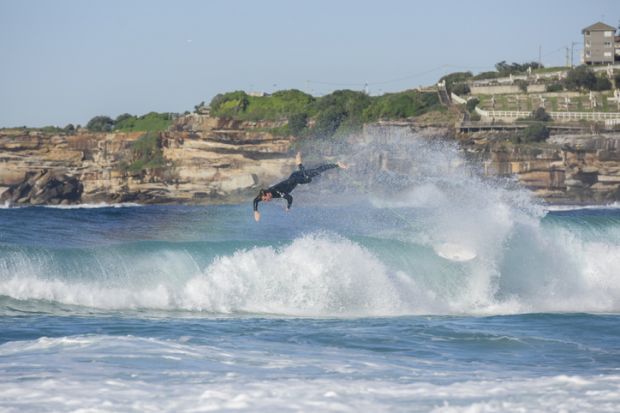Buoyant international education earnings last year failed to reverse university deficits in Australia’s biggest state, illustrating the financial peril facing the sector if the government imposes planned enrolment caps.
Nine of the 10 New South Wales (NSW) universities finished 2023 in the red, notching combined deficits of A$650 million (£343 million) – almost 50 per cent more than in 2022.
Across the state, improvements of A$428 million in universities’ international student earnings and A$426 million in their investment returns failed to offset a A$1.5 billion blowout in their costs, driven by an 11 per cent increase in wages and an 18 per cent surge in running expenses.
Revenue from overseas students’ tuition fees rose at all but one of the 10 universities, with combined earnings from this source exceeding the pre-pandemic peak by around 3 per cent – highlighting international education as key to the sector’s financial recovery.
However, its capacity to turn universities’ fortunes around has been compromised by a series of recent changes to student visa arrangements, culminating in a bill empowering the education minister to cap overseas enrolments at every university.
The threat to international education earnings leaves administrators with few options to reverse deficits that exceed 10 per cent of revenue at half of the state’s universities.
It also poses a quandary for the federal government, which committed to “managed growth” and “needs-based funding” in the 14 May federal budget, without offering details of how these reforms would be resourced. Needs-based funding could prove particularly expensive, with disadvantaged undergraduates up to six times as expensive to teach as their well-heeled counterparts.
Forewords to the institutional annual reports, published on 20 May, highlight 2023 as a “year of uncertainty, change and challenge”. Even the sole NSW institution to record a surplus, the University of Sydney, noted the “tough” conditions.
“The financial environment in which universities operate remains challenging and there are ongoing uncertainties ahead,” said vice-chancellor Mark Scott. He attributed Sydney’s hefty A$353 million surplus to strong investment returns, generous donors and “international students continuing to want to study with us”.
Sydney said its surplus represented a A$9 million “underlying loss” if tied grants and one-off investment earnings were disregarded. Even so, Sydney and UNSW Sydney attracted 63 per cent of the 10 universities’ international earnings, with the other three metropolitan institutions sharing another 23 per cent – leaving just 14 per cent to the five rurally based universities.
The regional universities of New England, Charles Sturt and Wollongong recorded deficits of A$56 million, A$73 million and A$95 million respectively – equivalent to 14 per cent, 15 per cent and 12 per cent of their earnings.
Their international education revenue may not be as buoyant as it appears, after Macquarie University changed its accounting methodology to exclude “tuition fee scholarships” from its earnings. These discounts totalled A$69 million last year, some 24 per cent of Macquarie’s “gross” revenue from overseas students.




